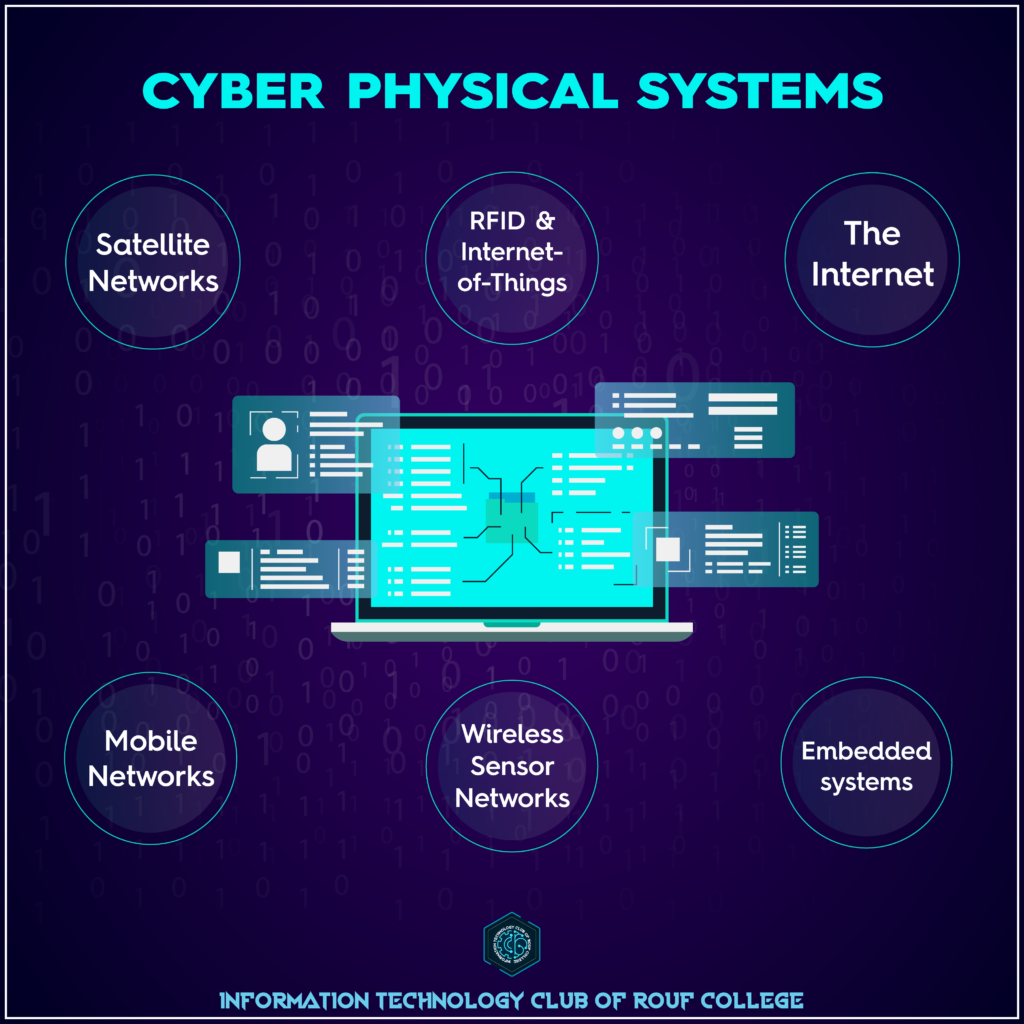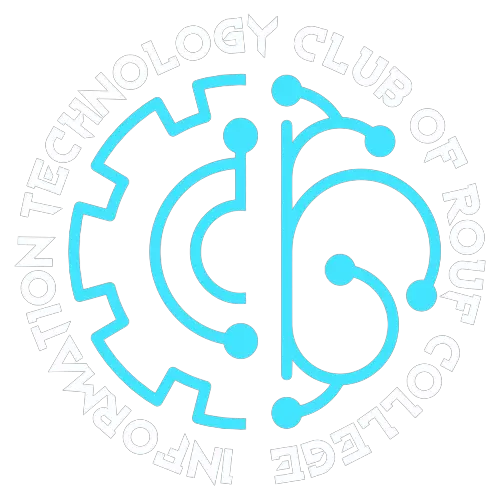Cyber Physical Systems

Article Credit: Rubaiya Rahman
Industry 4.0, advocated by Germany, ideates smart factories powered by Cyber-Physical Systems (CPS) and the Internet of Things (IoT). CPS immaculately amalgamates physical and digital realms, fostering congruence among devices for dynamic data exchange. This evolution from mechanization to apportioned smart production marks a global shift. Smart factories prioritize production, services, and energy efficiency to enact high-quality output at a low cost. Energy conservation not only inflates productivity but also fabricates job opportunities. Industry 4.0, consolidated by CPS, exemplifies a transformative epoch in industrial automation, leveraging advanced technologies for interconnected and streamlined processes.
• So what is Cyber-Physical System?
Cyber encompasses computing, networking, and logical control, while physical systems adhere to natural and human-made rules, implementing tasks within elucidated timeframes. A Cyber-Physical System (CPS) marks a revolutionary blend of computation competencies and physical assets. It wields as a network of interconnected IT components, modulating mechanical and electronic entities. CPS is closely kindred with technologies like sensor networks, IoT, wireless, and cloud computing. Wireless networks, deemed vital, play a pivotal role in the intricate fabric of CPS.
• Application of CPS:
CPS-based technologies are in the primary stage. Hence, in Industry 4.0, the application of CPS is continually changing and expanding. Some fields of CPS application are discussed below:
– CPS in aircraft: It’s evident that the aviation industry is facing consequential challenges with the enlarging air traffic and the integration of new aircraft categories. The shift towards the Aircraft Cyber-Physical Systems (ACPS) framework brings benefits like instantaneous data analytics but also elevates security concerns, such as false data injection (FDI) cyber-attacks. The development of security algorithms, like the Nobel Security (NS) based on Artificial Immune System (AIS), aims to mitigate these threats. Moreover, Distributed Denial-of-Service (DDoS) attacks on communication networks further accentuate the need for robust cybersecurity measures in the yielding aviation landscape.
– CPS in energy: In the realm of engineering, the growing interest in Cyber-Physical Systems (CPS) is evident, with a centre on applications like the Cyber-Physical Production System (CPPS) for dynamic systems control. Manufacturing perquisites from real-time big data and CPS-based structures, amending resource allocation . Energy Cyber-Physical Systems (ECPS) show plausible in smart grids, offering opportunities for energy conservation and emission reduction. The synthesizing expedition of ECPS in manufacturing is a burgeoning research area.
– CPS in Healthcare: The fourth industrial revolution, Industry 4.0, augments its impact to healthcare as Healthcare 4.0 . Cyber-Physical Systems (CPS), integrating computing and physical methods through networks, distribute as the technical backbone. CPS in healthcare is now a hub for monumental medical big data systems, embodied in the specialized Medical Cyber-Physical System (MCPS). MCPS incorporates smart medical equipment, embedded systems, and cloud technology for efficient Electronic Health Record (EHR) management, facilitating ameliorated patient treatment and streamlined medical insurance processing.
– CPS in robotics:
Robotics and Intelligence are tightly intertwined to the arising trend of Cyber-Physical Systems (CPS) in research. A proposed robot development methodology intensifies abbreviating software and hardware components in the multi-tiered architecture of cyber-physical robot systems. Major industrial robot manufacturers like ABB, Fanuc, Kawasaki, Kuka, and Yaskawa leverage CPS for innovative product transformation and business models. CPS, acting as controllers, sanctions modular structures in mobile robots for smart and automatic robotic systems in perspicacious circumstances, offering pliability with exclusive virtual portrayals of modular robot cells.
In conclusions, Cyber-Physical Systems (CPS) are the cornerstone of the next-gen smart systems, driving upheaval and creating new markets. With a medial role in Industry 4.0, CPS will be ubiquitous in smart cities, homes, vehicles, and industries, contributing remarkably to remunerative furtherance worldwide.
